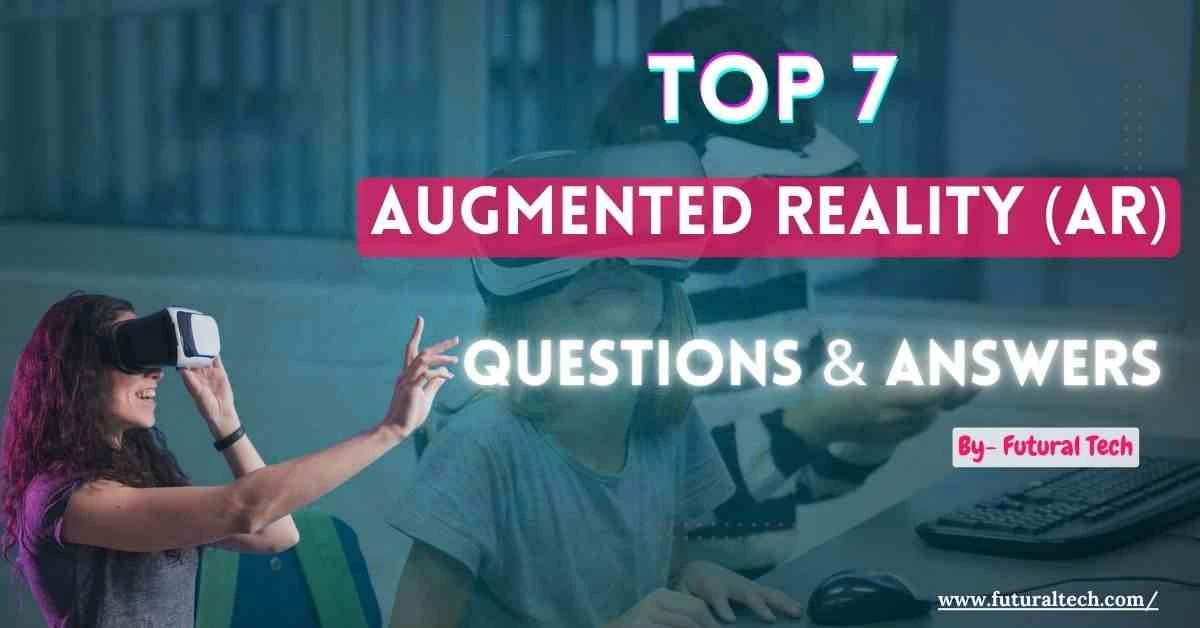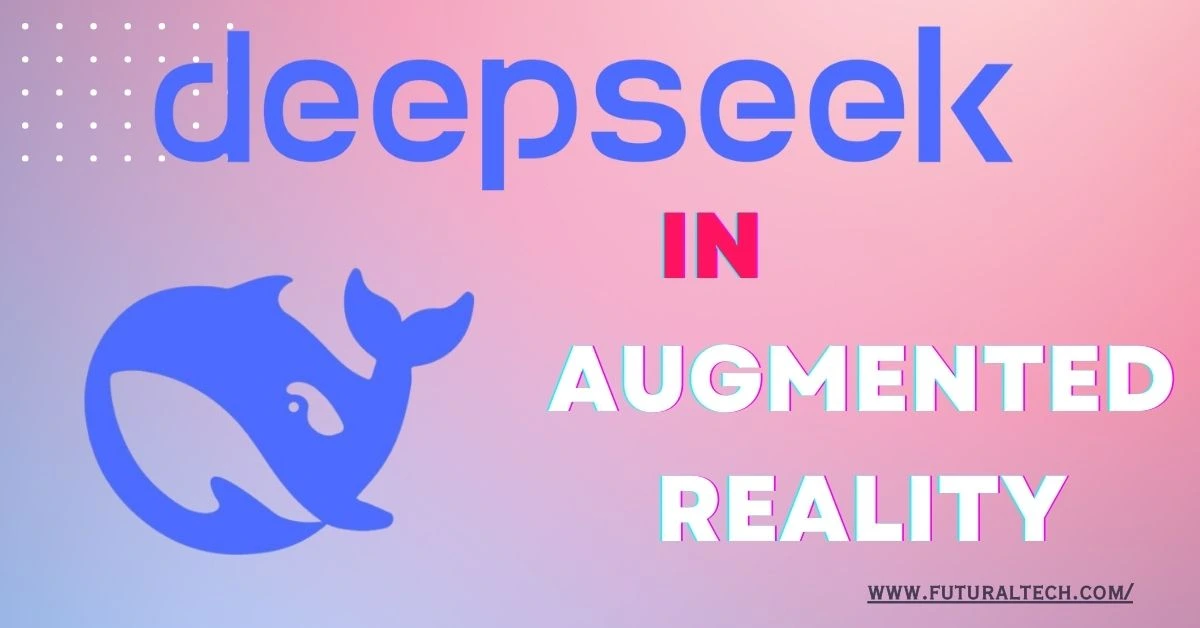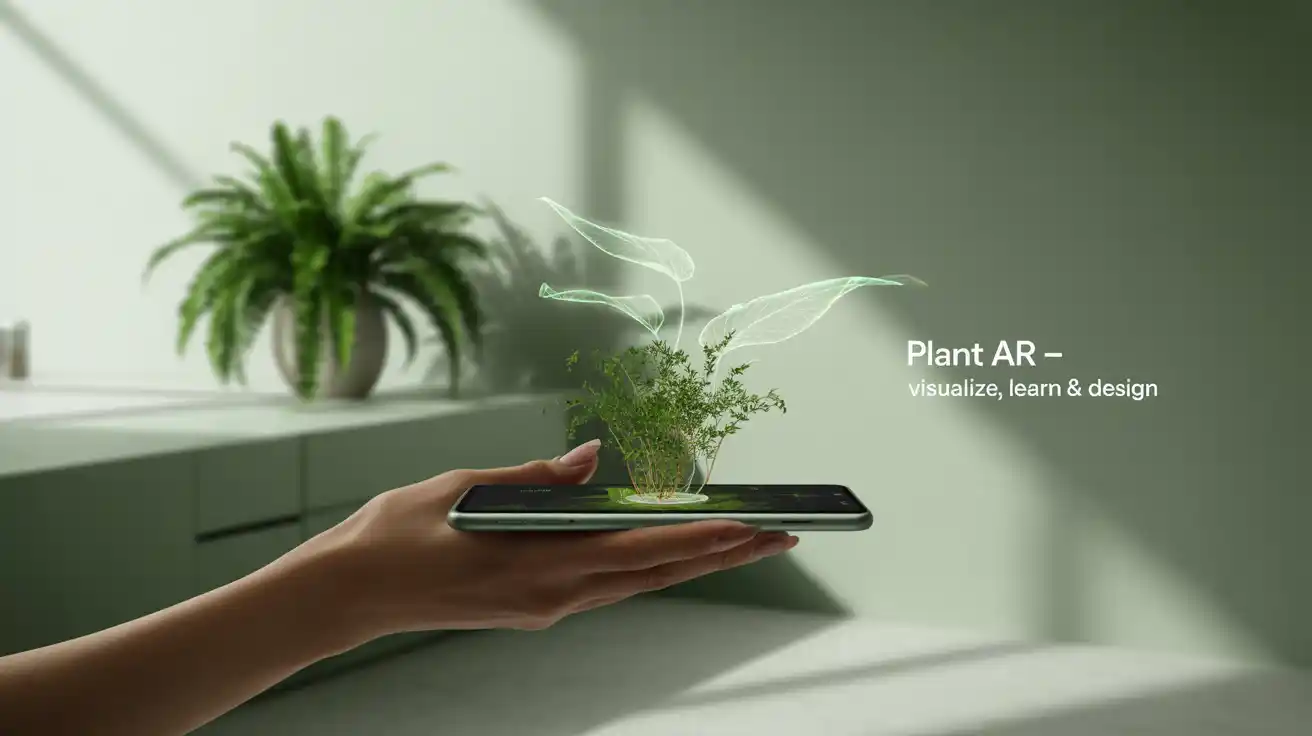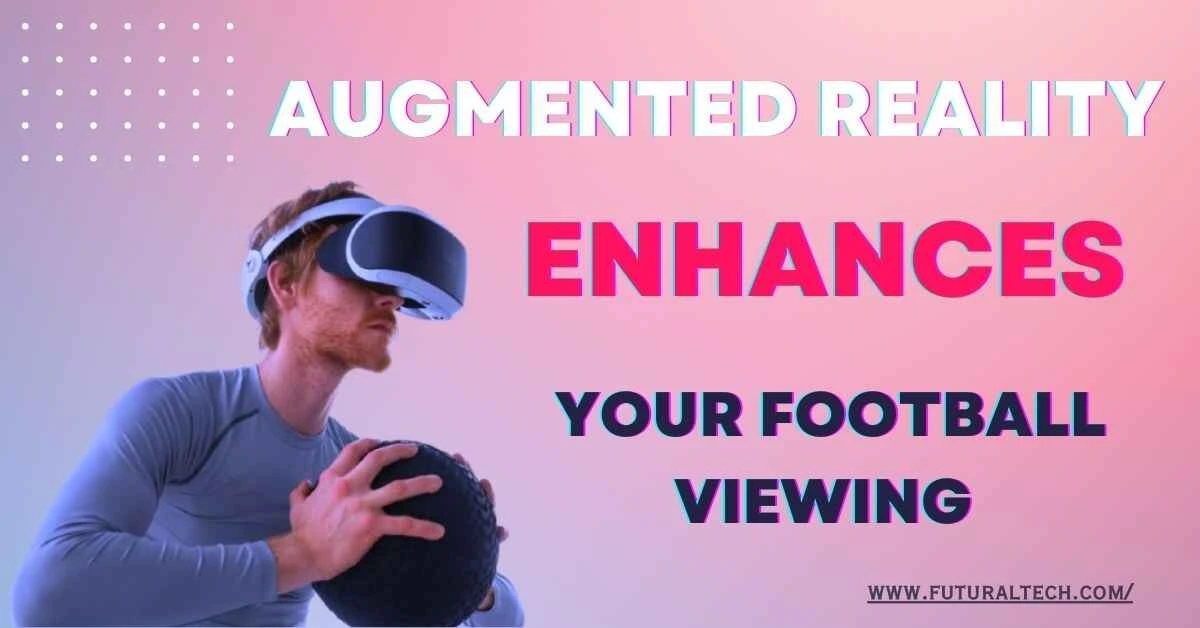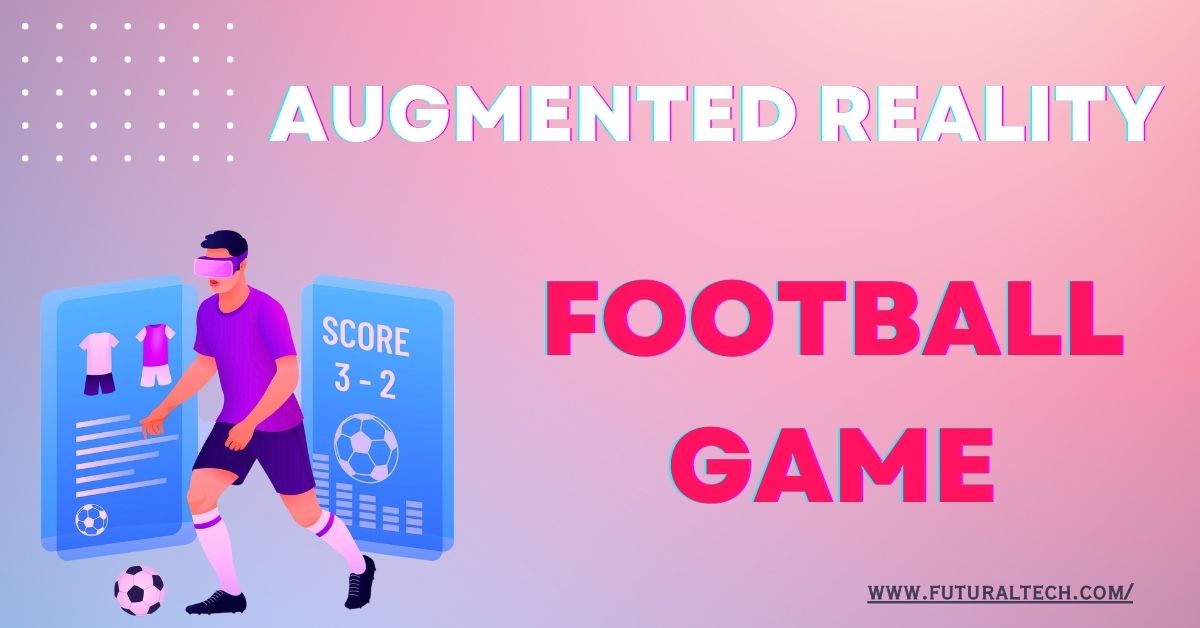Augmented Reality for Campus Navigation: A Futuristic Approach
By- Raj 24th-Aug-2024
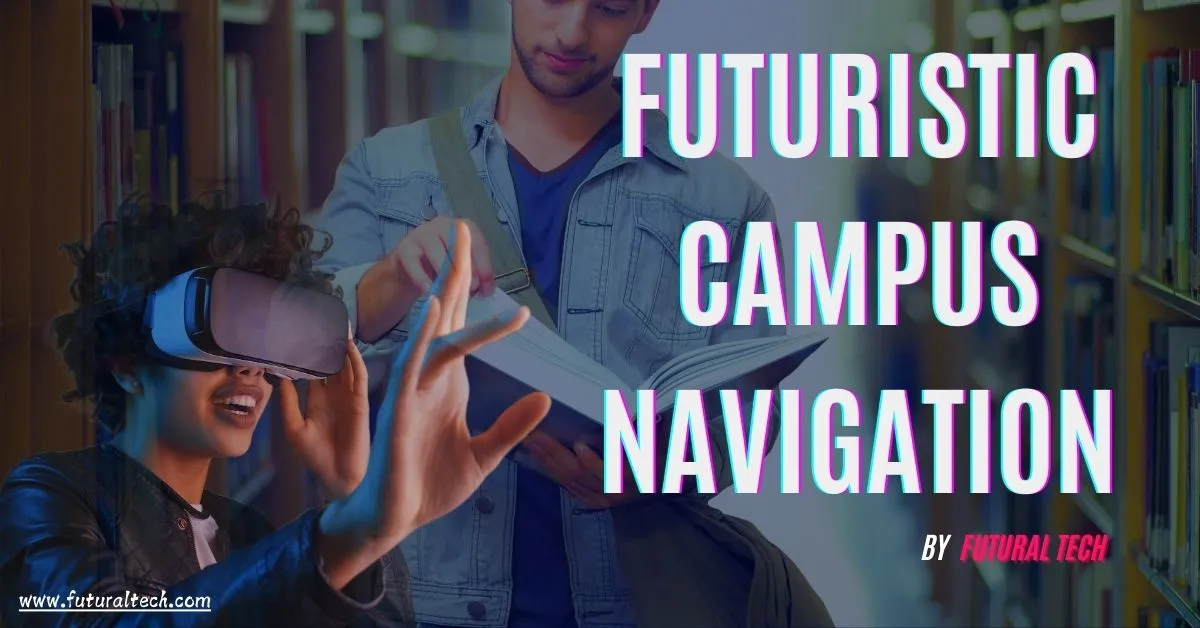
AR takes that digital information and puts it into the real world, so it is changing everything from education to a number of other aspects of our lives. One very exciting application in an educational context is that of campus navigation. In this blog post, we'll explore how universities and colleges can harness the benefits of AR using campus wayfinding.
Campus Navigation: Current Challenges
A university campus—especially of a large scale and complexity—presents many issues to be faced by students, staff, and visitors in navigating it. Traditional methods of navigation, such as paper maps or even GPS-based smartphone applications, more often than not disappoint their user by failing to deliver a seamless experience. Some of the critical challenges of campus navigation are:
Complex Layouts
Most university campuses are like small towns, with numerous buildings, paths, and other facilities. For any new student needing help about getting around, this size and complexity could be frustrating. This problem is also furthered by the fact that some buildings even look alike.
Inadequate Signage
Inadequate or missing signs are a common thing on campus. Students can find missing or at best, poorly placed signs that leave one guessing in which direction to take. This can prove very frustrating, especially to new students who do not know their way around the campus that well.
Construction and Renovations
Ongoing construction and renovations disrupt established pathways, creating obstacles that were once temporary. Students and staff may find it challenging to change routes and thus become very careful in their commutes.
Accessibility Concerns
Still, students with disabilities may face additional limitations to moving around campus. The reality is that nearly all colleges and universities have become more accepting of students with disabilities, but there are probably some pockets of the campuses that are still not ready for them, as they do not have access ramps or elevators or Braille indicators for the blind.
Time Management
Navigation around a large campus consumes so much of the students' time. This is particularly true in cases where students have classes one after another in different locations. Poor navigation around campus can result in delays, missing classes, and decreased academic performance altogether—an overstressed mind.
Security Issues
At times, students feel that certain areas of the campus are not safe, especially at night. In such cases, personal safety becomes a major concern when choosing the route or the mode of transport.
AR Solutions for Navigation around the Campus
As above, traditional wayfinding signs and maps at a university have their limitations. Recent technological developments, however, have made it feasible to extend the campus navigation experience through effective digital wayfinding solutions, especially in the area of AR wayfinding. These include the following:
Interactive Campus Tours
Another cool possibility for AR in campus navigation is interactive campus tours. Using their smartphones or wearable AR glasses, AR apps can give students and visitors very engaging campus tours. Information about buildings, outstanding landmarks, and historical facts are overlaid on what one sees as he goes about on the campus. It helps in navigating and fostering a closer bond with the history and culture of the campus.
Live Navigation
AR navigation apps enable real-time, turn-by-turn directions by overlaying digital markers and arrows onto a physical environment. You are walking on campus; arrows show you where to go for your next class, the library, or the cafeteria—all with your eyes up and eyes on the surroundings. That reduces the risk of accidents and allows one to have a more engaging navigation experience.
Personalized Information
AR provides location-based, context-aware information. For example, as soon as a student walks into the library, the AR system instantly makes information on hours of operation, study room availability, and recommended books or resources for courses the student is taking pop up. All of this personalization raises the level of campus experience to be more efficient and tailored to the needs of every individual.
Augmented Event Calendars
Colleges and universities always bustle with activities, including various events, lectures, and meetings taking place every day. AR can allow students and visitors to have event calendars and get real-time notifications of events coming up in the vicinity of related venues. It encourages campus engagement and participation in extracurricular activities and socialization.
Key Benefits of Using AR Solutions for Campus Navigation
According to research, 71% of people navigate better with augmented reality. The adoption of this technology will also help universities and institutions in managing the campus more efficiently, interactively, and user-friendly. Some of the key benefits are mentioned below:
Better User Experience
AR wayfinding will make the user experience more engaging and interactive. You can get dynamic, rather than static, directions depending on where you are right now and where you need to go. This development eases navigation and enhances the experience of campus exploration.
Accuracy and Precision
Traditional maps and signage can be confusing and imprecise, hence frustrating and time-consuming. AR wayfinding provides accuracy without comparison in ensuring that users efficiently reach their destinations. This technology utilizes GPS and sensors to pinpoint a user's location and guide them along the most optimal routes.
Real-Time Navigation
AR wayfinding solutions, however, enable users to navigate in real time. Step-by-step directions will be displayed on devices; that is, digital markers and arrows are overlaid onto the physical environment. This eliminates the need for constant checking on maps or screens and helps users to walk confidently across the campus.
Personalized Assistance
It can also be very personalized. Integrating your schedule and your preferences, it will recommend the best routes to class, the library, or even the nearest coffee shop. The degree of convenience encourages campus exploration.
Accessibility
AR wayfinding will provide access to all, particularly the differently-abled. This technology is capable of providing audio directions and descriptions that can aid visually impaired persons in traveling around the campus, opening it to a larger share of users.
Optimized Campus Design
AR solutions can benefit campus implementations. Administrators are enabled to collect useful data about the trends of the traffic and destinations of users, which helps in optimization with respect to layout and improvement of the flow in general of university wayfinding. All these things help make the environment much more user-friendly and accessible.
A Global Market Insights Inc. report claims, "The augmented reality market size is projected to surpass USD 50 billion by 2024." It is long projected that AR-based campus navigation, powered by its benefits, is going to be a game changer in the way one looks at navigating educational institutions. Applications of AR can improve the campus experience, increase accessibility, and enhance innovation. As campuses, institutions of higher learning embrace the tech, it opens a pathway for easier navigation and prepares them for increased technological integration in the future.

